Researchers develop fibers with nanoscale surface modifications that significantly improve fog water collection rates, offering a promising solution for freshwater scarcity.
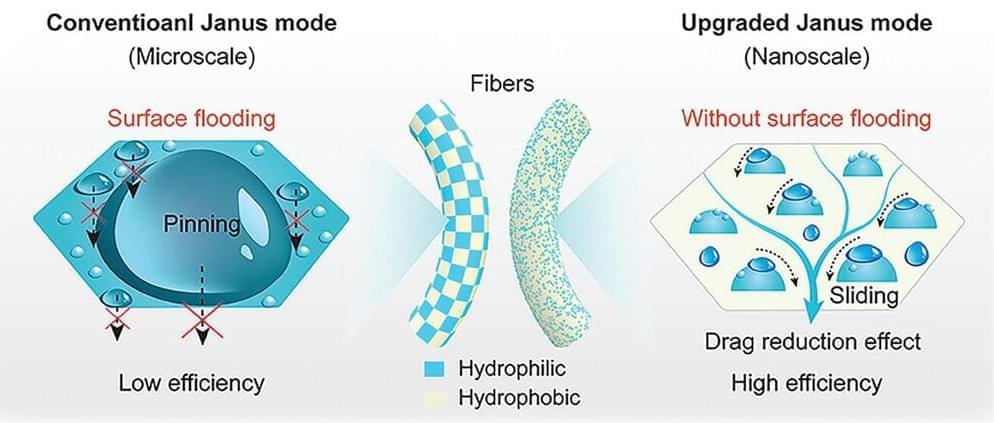

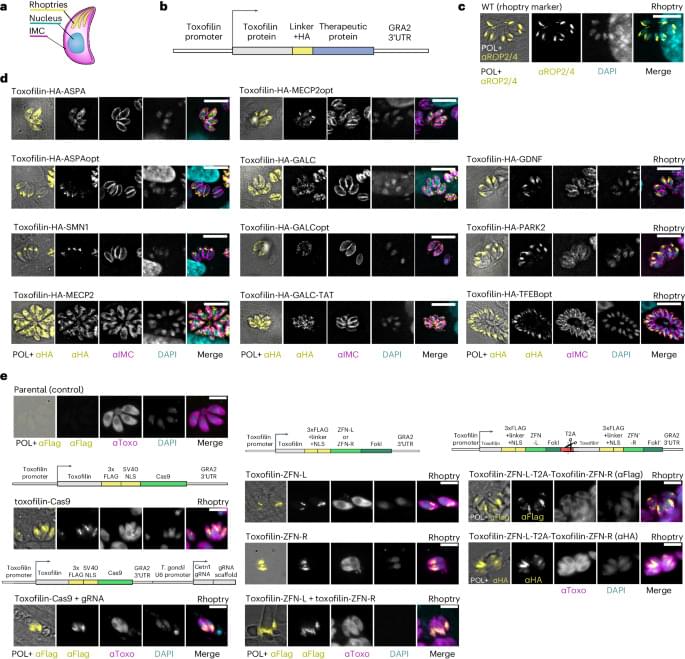
Bracha et al.
Toxoplasma gondii culture and maintenance.
Type I RH and type II Pru and ME49 strain T. gondii were grown in HFF in high-glucose Dulbecco’s modified Eagle’s medium (DMEM) supplemented with 4 mM l-glutamine, 10% fetal bovine serum (FBS) and 1% penicillin/streptomycin or 20 μg ml−1 gentamicin antibiotics (‘complete DMEM’) at 37 °C with 5% CO2. Cultures were monitored daily and T. gondii were passaged by transferring 1–3 drops (20–100 μl) of the supernatant of a lysed dish (containing extracellular parasites) into a fresh dish with confluent HFF cells. Type I RH and type II Pru strains were validated by PCR–restriction-fragment length polymorphism (primers described in Supplementary Table 1)81 or by passage into Cre Reporter cell lines to confirm Cre recombination as previously described16.
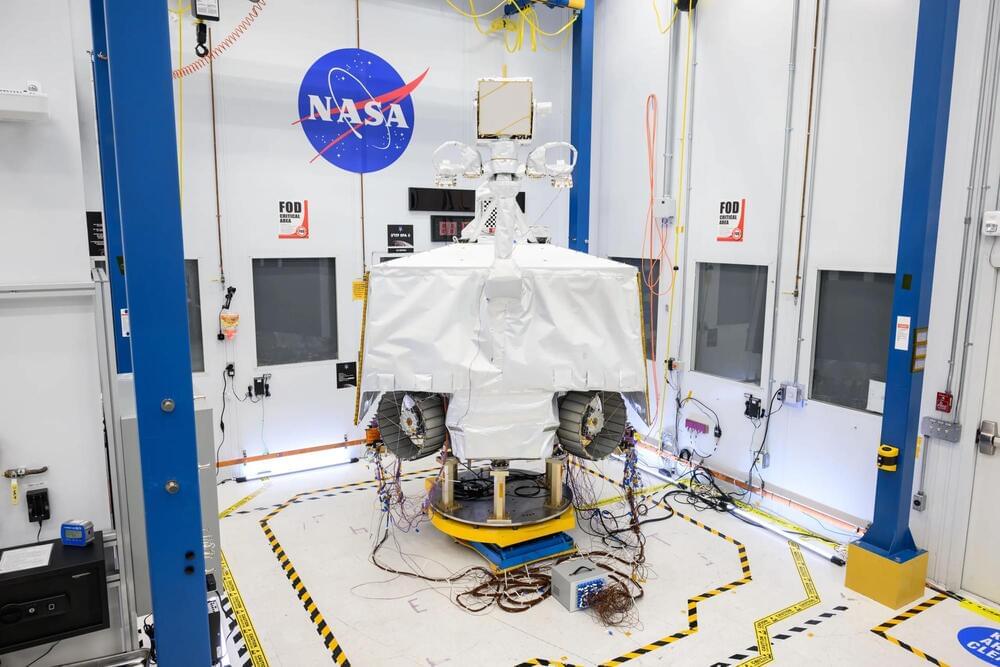
Intuitive Machines reported revenue of $41.4 million in the second quarter, more than double the $18 million the company reported in the same quarter of 2023. It had an operating loss of $28.2 million in the quarter, also more than double the $13.2 million operating loss it reported in the same quarter a year ago.
The company attributed the increase in revenue to new work, such as a NASA engineering services contract that started late last year as well as initial work on a Lunar Terrain Vehicle Services contract the company received in April.
The increased losses came from what Steve Vontur, chief financial officer, described as “non-cash impacts” to modifications to its next two lunar lander missions, IM-2 and IM-3, both flying payloads for NASA’s Commercial Lunar Payload Services (CLPS) program.
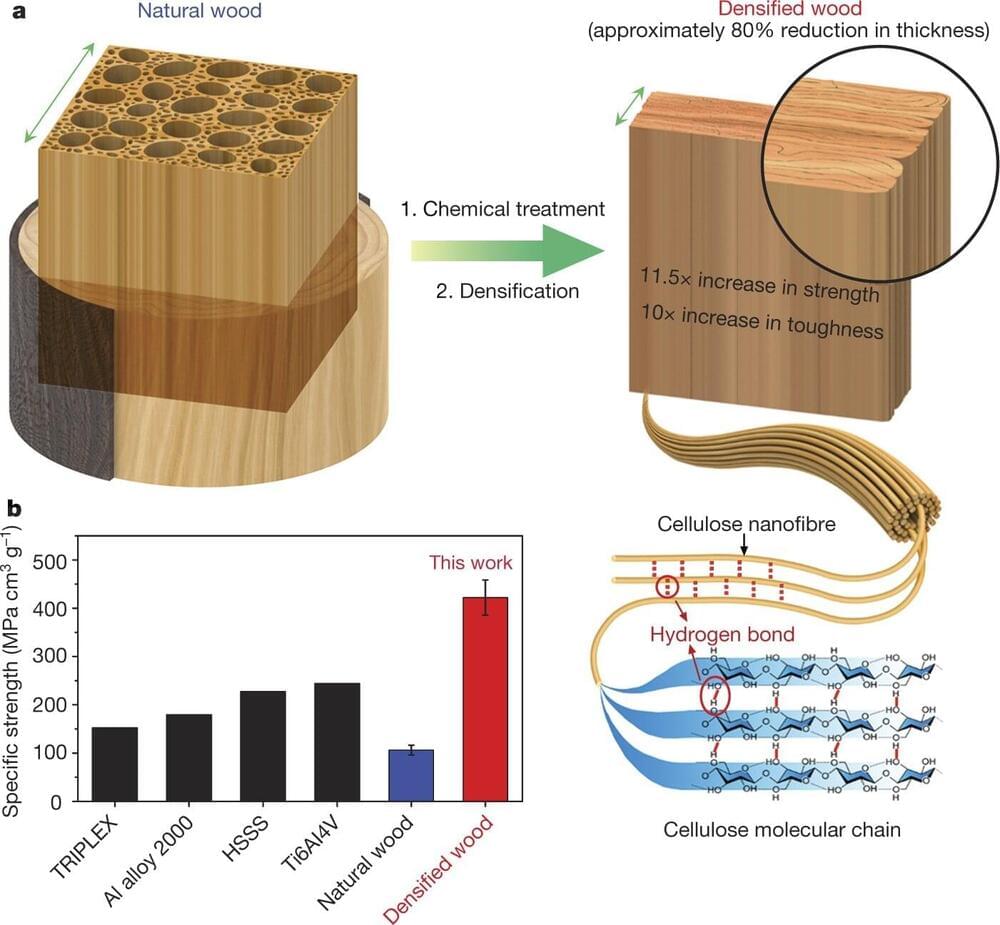
Researchers at the University of Maryland genetically modified poplar trees to produce high-performance, structural wood without the use of chemicals or energy-intensive processing. Made from traditional wood, engineered wood is often seen as a renewable replacement for traditional building materials like steel, cement, glass and plastic. It also has the potential to store carbon for a longer time than traditional wood because it can resist deterioration, making it useful in efforts to reduce carbon emissions.
But the hurdle to true sustainability in engineered wood is that it requires processing with volatile chemicals and a significant amount of energy, and produces considerable waste. The researchers edited one gene in live poplar trees, which then grew wood ready for engineering without processing.
The research was published online on August 12, 2024, in the Journal Matter.
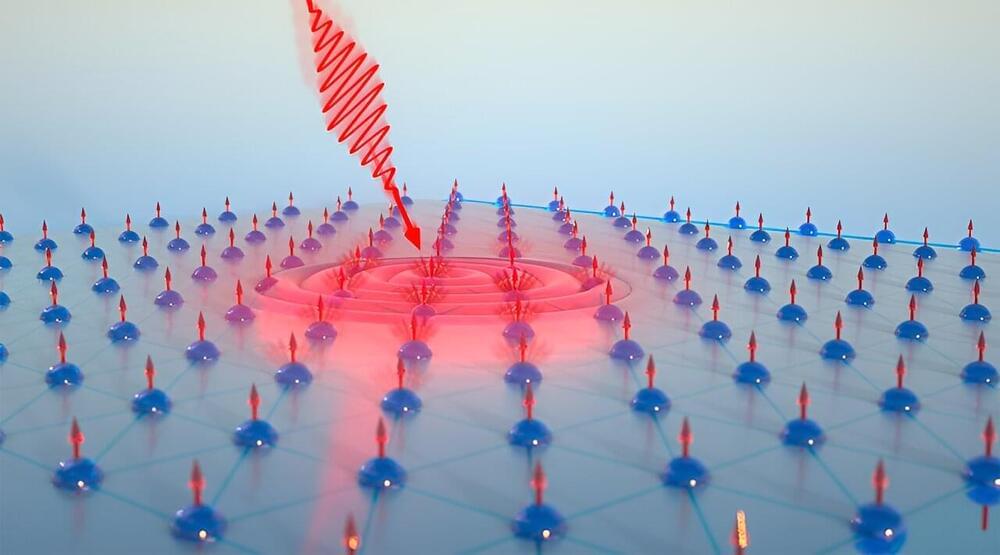
Researchers at the University of Chicago Pritzker School of Molecular Engineering (PME) have made unexpected progress toward developing a new optical memory that can quickly and energy-efficiently store and access computational data. While studying a complex material composed of manganese, bismuth and tellurium (MnBi2Te4), the researchers realized that the material’s magnetic properties changed quickly and easily in response to light. This means that a laser could be used to encode information within the magnetic states of MnBi2Te4.
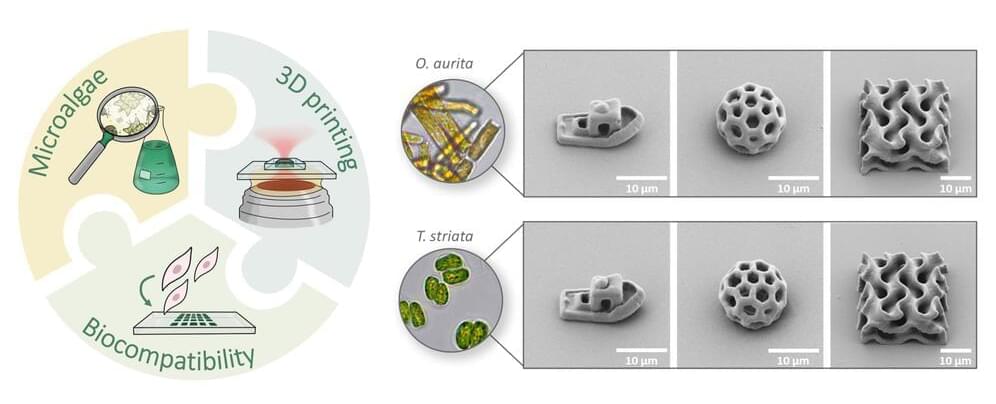
Microalgae such as the diatom Odontella aurita and the green alga Tetraselmis striata are especially suitable as “biofactories” for the production of sustainable materials for 3D laser printing due to their high content in lipids and photoactive pigments. An international research team led by Prof. Dr Eva Blasco, a scientist at the Institute for Molecular Systems Engineering and Advanced Materials (IMSEAM) of Heidelberg University, has succeeded for the first time in manufacturing inks for printing complex biocompatible 3D microstructures from the raw materials extracted from the microalgae. The microalgae-based materials could be used in future as the basis for implants or scaffolds for 3D cell cultures.
The research has been published in Advanced Materials (“Printing Green: Microalgae-Based Materials for 3D Printing with Light”).
A new ink system, based on the microalgae Odontella aurita and Tetraselmis striata, enables the manufacturing of complex 3D microstructures with high quality and precision. (Image: Clara Vazquez-Martel)
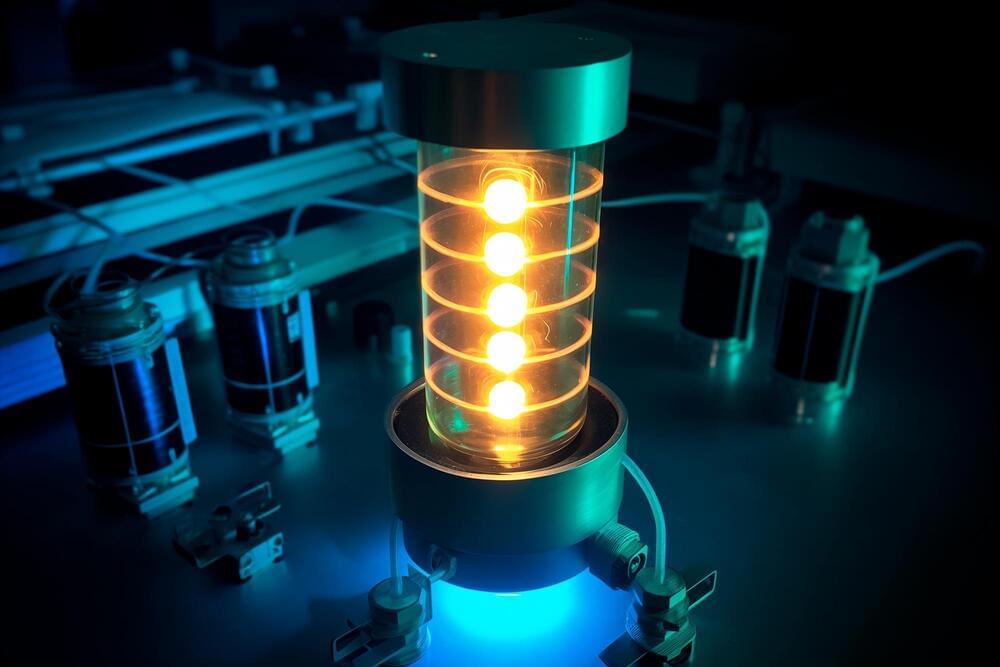
CU Boulder scientists have found how ions move in tiny pores, potentially improving energy storage in devices like supercapacitors. Their research updates Kirchhoff’s law, with significant implications for energy storage in vehicles and power grids.
Imagine if your dead laptop or phone could be charged in a minute, or if an electric car could be fully powered in just 10 minutes. While this isn’t possible yet, new research by a team of scientists at CU Boulder could potentially make these advances a reality.
Published in the Proceedings of the National Academy of Sciences, researchers in Ankur Gupta’s lab discovered how tiny charged particles, called ions, move within a complex network of minuscule pores. The breakthrough could lead to the development of more efficient energy storage devices, such as supercapacitors, said Gupta, an assistant professor of chemical and biological engineering.

Could we store samples of Earth’s endangered biodiversity on the Moon for long-term preservation? This is what a recent study published in BioScience hopes to address as a team of researchers led by the Smithsonian Institution proposes how the Moon’s permanently shadowed regions (PSRs) located at the lunar north and south poles could be ideal locations for establishing a lunar biorepository where endangered species can be cryopreserved. This study holds the potential to safeguard Earth’s biodiversity from extinction while improving future space exploration and possible terraforming of other worlds.
“Initially, a lunar biorepository would target the most at-risk species on Earth today, but our ultimate goal would be to cryopreserve most species on Earth,” said Dr. Mary Hagedorn, who is a research cryobiologist at the Smithsonian National Zoo and Conservation Biology Institute and lead author of the study. “We hope that by sharing our vision, our group can find additional partners to expand the conversation, discuss threats and opportunities and conduct the necessary research and testing to make this biorepository a reality.”
The reason lunar PSRs are of interest for this proposal is due to several craters being completely devoid of sunlight from the Moon’s small axial tilt (6.7 degrees versus Earth’s 23.5 degrees). The team postulates this presents ample opportunity for storing several groups, including pollinators, threatened and endangered animals, culturally important species, and primary producers, just to name a few.
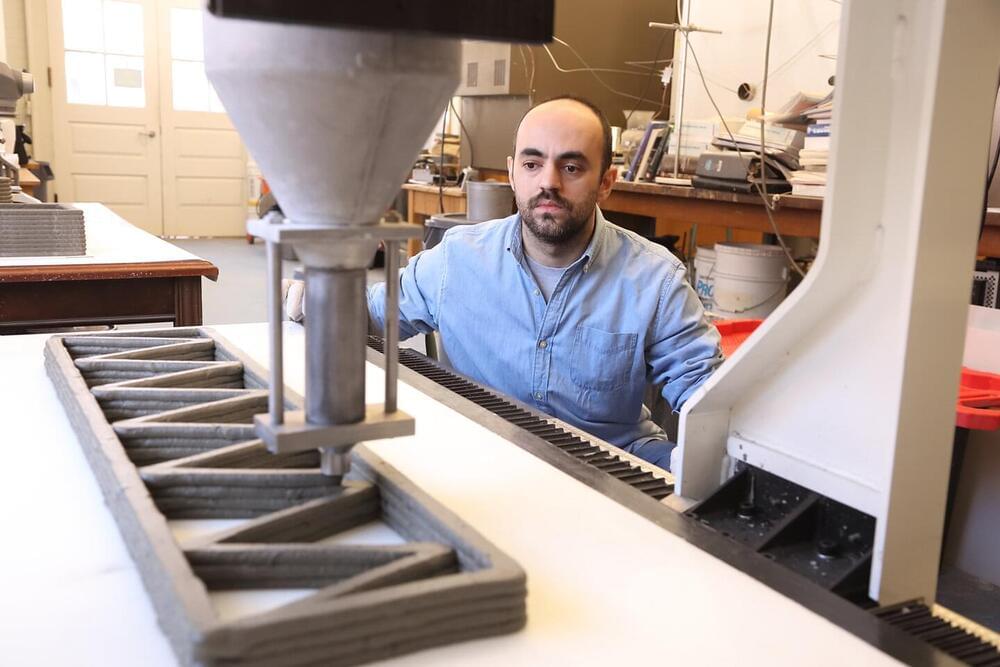
A research team led by engineers at the University of Virginia School of Engineering and Applied Science is the first to explore how an emerging plant-based material, cellulose nanofibrils, could amplify the benefits of 3D-printed concrete technology.
“The improvements we saw on both printability and mechanical measures suggest that incorporating cellulose nanofibrils in commercial printable materials could lead to more resilient and eco-friendly construction practices sooner rather than later,” said Osman E. Ozbulut, a professor in the Department of Civil and Environmental Engineering.
His team’s findings will be published in the September 2024 issue of Cement and Concrete Composites.

Researchers at the University of Sydney have developed a new microscopy method that uses atom probe tomography to observe atomic-scale changes in materials. This advancement enhances understanding of materials properties and could lead to stronger alloys for aerospace, more efficient semiconductors, and better magnets for motors.
Researchers at the University of Sydney have developed a new microscopy method using atom probe tomography to explore atomic-level changes in materials, promising significant advances in materials science and engineering.
A new microscopy technique enables researchers to observe minute changes in the atomic structure of crystalline materials, such as advanced steels used in shipbuilding and custom silicon for electronics. This method has the potential to enhance our understanding of the fundamental origins of material properties and behavior.